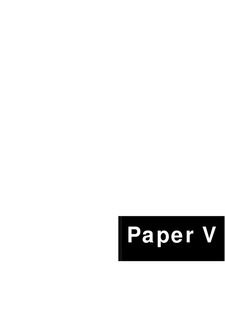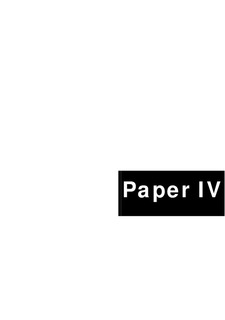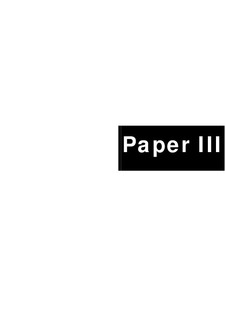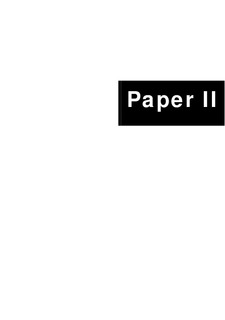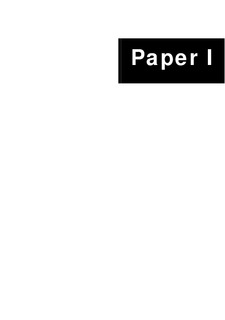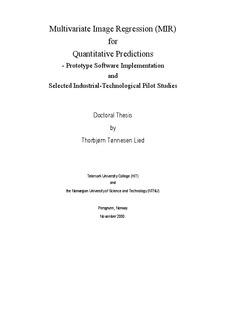| dc.contributor.author | Lied, Thorbjørn Tønnesen | |
| dc.date.accessioned | 2007-02-22T14:43:45Z | |
| dc.date.accessioned | 2017-04-19T12:10:52Z | |
| dc.date.available | 2007-02-22T14:43:45Z | |
| dc.date.available | 2017-04-19T12:10:52Z | |
| dc.date.issued | 2000 | |
| dc.identifier.isbn | 82-7984-126-1 | |
| dc.identifier.issn | 0802-3271 | |
| dc.identifier.issn | 0802-3271 | |
| dc.identifier.uri | http://hdl.handle.net/11250/2437787 | |
| dc.description | Avhandling (dr.ing.) - Høgskolen i Telemark / Norges teknisk-naturvitenskapelige universitet. | |
| dc.description.abstract | In large and important sectors of modern production, there is an increased demand for on-line or at-line information. Both consumers and governmental regulations require that producers can document the quality of their products. The more precise measurements can be, the more potentially valuable they are for the producers in their endeavours to fulfil these demands. Usually, however, precision has its price. In many measurement systems samples have to be removed from the production line to be analysed in a laboratory. When the producer needs continuous surveillance of the products, off-line methods are inefficient and expensive. Searching for on-line measurement systems capable of extracting the information in demand will always be a topic of interest. It has been said in many occasions that ??n image says more than a thousand words?? In many cases this is true regarding the very promising area of multivariate image analysis, but there are indeed also potentially many problems regarding teaching electronic components to interpret these digital signals the same way humans can extract information from visual input. Not only are humans extremely adept at recognising patterns and objects, but our vision system is also very compensative when variations occur. These superior human abilities can only be matched with very great difficulties (if at all) by the present powerful image-analytical methods, some of which make up the major parts of the present thesis. Thus, in many cases, image analysis strive to imitate the human way of interpreting visual information. Because of the complexity involved, it is my belief that digital analysis of visual information should often be adapted to what may be totally different ways of treating the data, ways which may initially seem odd to humans. For people without chemometric experience, the methods discussed below may then well seem unfamiliar. But because a computer is doing the job, we must design the job in a way in which the computer can handle the complex world of image data, so as to use its facilities to the maximum. Based on the results in this thesis, it is my intention that the methods discussed will prove to be useful for future implementations in real-world, image analytical measurement systems. | |
| dc.format.extent | 35194795 bytes | |
| dc.format.mimetype | application/pdf | |
| dc.language.iso | eng | |
| dc.publisher | Telemark University College | |
| dc.relation.ispartofseries | Doctoral theses at NTNU;2000:99 | |
| dc.subject | Multivariate image regression | |
| dc.subject | Product control | |
| dc.subject | Quality control | |
| dc.subject | Multivariate image analysis | |
| dc.title | Multivariate image regression (MIR) for quantitative predictions : prototype software implementation and selected industrial-technological pilot studies | |
| dc.type | Doctoral thesis | |
| dc.type | Peer reviewed | |
| dc.rights.holder | © Copyright The Author. All rights reserved | |
| dc.subject.nsi | 563 | no |
| dc.subject.nsi | 551 | no |
